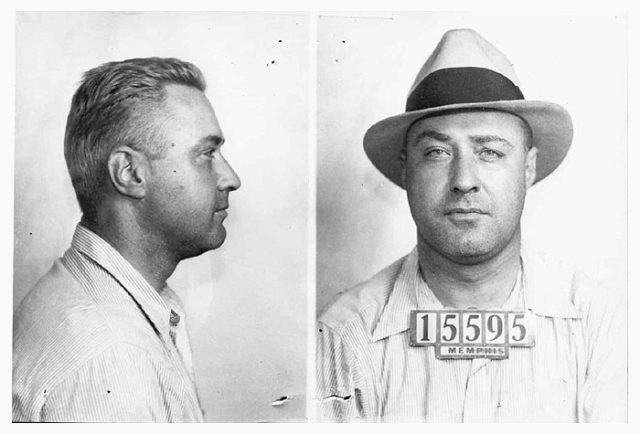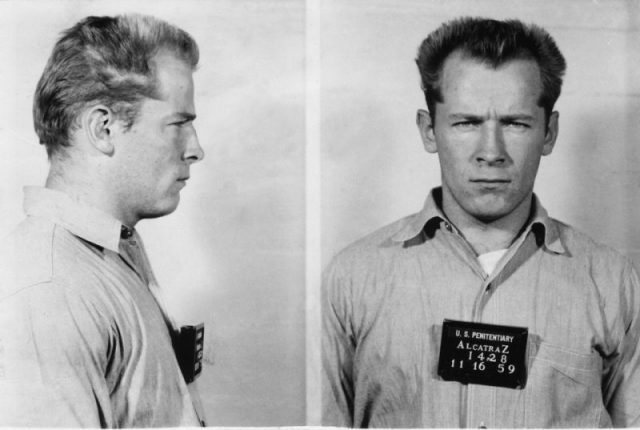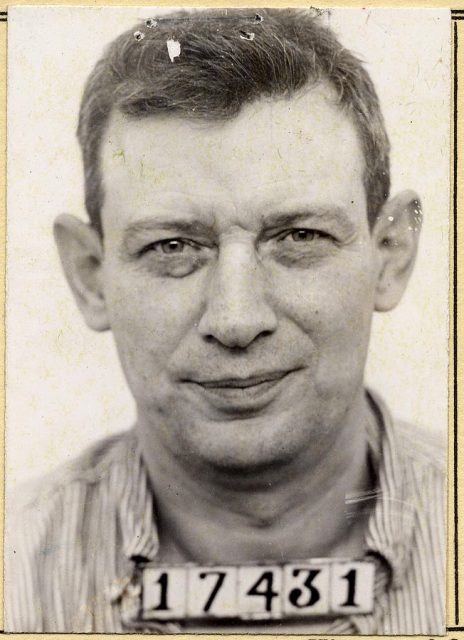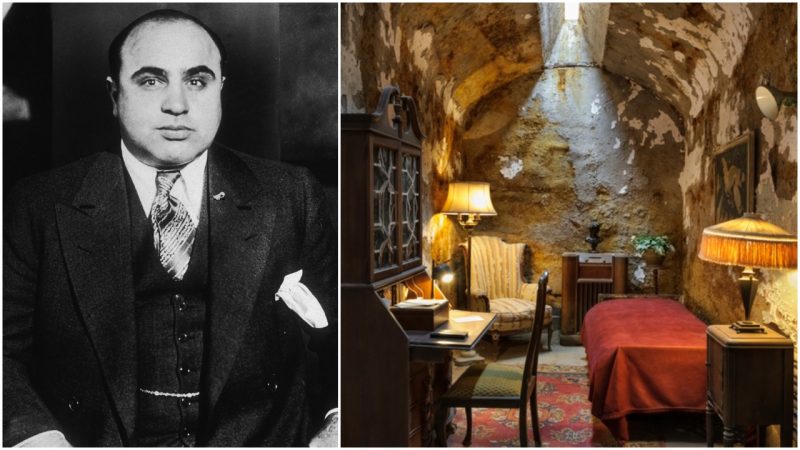Alcatraz was definitely the most famous prison in the history of the United States. Even today, 55 years after the prison was decommissioned, Alcatraz Island is one of San Francisco’s most visited tourist attractions. More than 1.7 million people visit the former penitentiary each year.
From 1934 to 1963, Alcatraz was home to prisoners who were considered so violent and dangerous that the authorities wanted them to be kept in isolation and confined at an inaccessible location, held as far away from the public as possible. Regular maximum-security prisons were simply not secure enough to quell these men’s urges to commit violent crime.
At Alcatraz, the prisoners were subjected to a strict, detailed, and monotonous routine designed to prevent them from plotting an escape or starting fights with guards or other inmates. Because of this, only one major riot, nicknamed “the Battle of Alcatraz,” ever took place in the 29 years that the prison operated, and only a handful of prisoners ever managed to escape the prison grounds. Even those few men who were inventive enough to bypass the prison’s elaborate security protocols and find a way out from the maze of cells and thick walls most likely drowned while trying to swim across San Francisco Bay.

The reputation that made Alcatraz so famous was well-earned: the nicknames “Hellcatraz” and “the Rock of Despair” were rooted in the fact that the men who were sent to Alcatraz were considered the most violent and ruthless criminals in the U.S. Some of them were unscrupulous murderers, rapists, kidnappers, and bank robbers, while others were notorious Prohibition-era gangsters. The following five men were arguably the most famous criminals who served time in the cells of the historic prison.

George Kelly Barnes, also known as “Machine Gun Kelly,” was a ruthless gangster whose most notorious crime was the violent kidnapping of oil tycoon Charles F. Urschel. As his nickname suggests, Kelly’s favorite weapon was a Thompson submachine gun that he always carried around under his long trenchcoat. He was transferred to Alcatraz from the Leavenworth Penitentiary in Kansas in 1934 and remained imprisoned there until 1951. According to the Alcatraz prison records, he was known as inmate AZ#-117 and was a model prisoner who worked at the prison’s administrative office.

Another Alcatraz inmate who came from the realm of organized crime was James “Whitey” Bulger. Contrary to most gangsters of the 1950s, Bulger had a good reputation among most of the public. He was known as “Robin Hood” because he targeted drug kingpins and stole money from illegal gambling parlors. However, the fact that he was socially conscious doesn’t mean that he was good-natured: He ended up at Alcatraz after he was indicted for a total of 19 murders. Bulger was imprisoned at Alcatraz from 1959 to 1962. He was inmate AZ#-1428 and spent most of his time in solitary confinement.

The murderer Robert Stroud, “the Birdman of Alcatraz,” was perhaps the only Alcatraz inmate who became famous for something other than committing horrendous crimes. The violent and uncontrollable Stroud was transferred to Alcatraz after he stabbed a guard to death at Leavenworth Prison. However, his crimes were somewhat overshadowed by the fact that he developed a keen academic interest in birds while serving time at Leavenworth.

He was allowed to keep as many as 300 canaries in the prison yard: he studied the birds’ behavior and wrote several groundbreaking books on the treatment of various avian diseases. While at Alcatraz, he was a model prisoner who wrote an autobiography and a book on the U.S. prison system. Unfortunately for him, Alcatraz officials never allowed him to keep any birds on the prison grounds.

Roy Gardner, who served time at Alcatraz from 1934 to 1939, was once known as “the Smiling Bandit” and “the Last Great American Train Robber.” His kill count was never officially calculated, but it is known that he committed several spectacularly elaborate train robberies and a number of contract assassinations. At Alcatraz, inmate AZ#-110 was considered so dangerous to guards and other inmates that he was forced to spend most of his time confined to solitary. Gardner was actually the first person to nickname the prison “Hellcatraz”: he coined the nickname in an autobiography that he wrote in his cell in 1938. Aside from being a detailed account of the notorious criminal’s life, the book is famous for its depiction of the harsh conditions at Alcatraz.

Last but not least, Alcatraz was once home to Al Capone, one of the most notorious crime bosses in American history. He was transferred to Alcatraz in 1934, when law enforcement officials of the time concluded that the remote prison was the only place on earth where he couldn’t bribe the guards and use them to handle his vast criminal enterprise from his cell. At Alcatraz, Capone was known as inmate AZ#-85.
Related story from us: Prisoners who escaped Alcatraz in 1962 could have survived
Although he tried to persuade the warden to grant him special privileges because he was the self-proclaimed king of criminals, the warden forced him to spend time in isolation and damp darkness of his solitary cell, like all other men who were violent enough to end up at the world’s most infamous prison.
